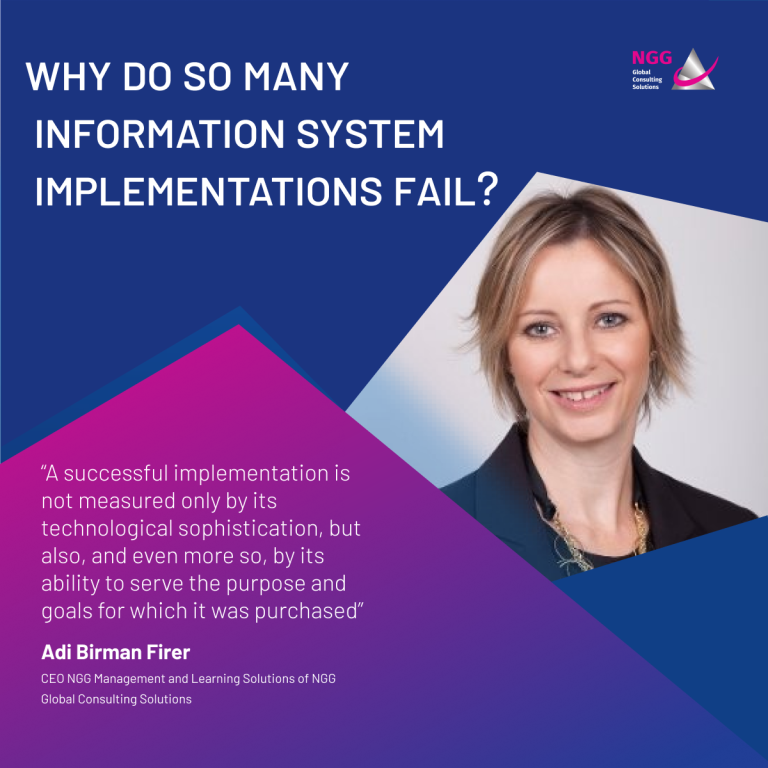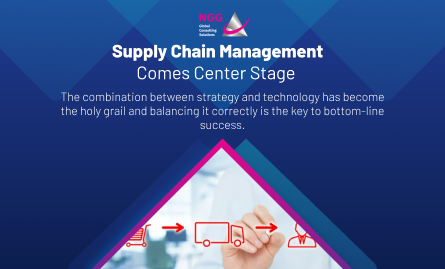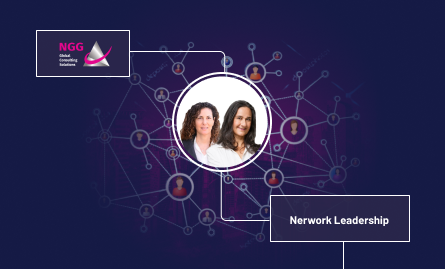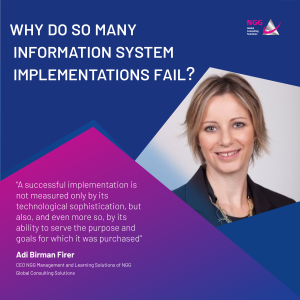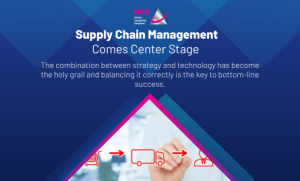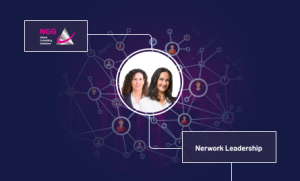From niche oddity to the center of our lives: The omni-channel user experience is coming at us from all directions. Rami Jaulus, NGG CEO, explains omni-channel and how it changes our everyday lives
The Omni-Channel: From Unknown Player to Center Stage
In 2017, ‘omni-channel’ became a familiar phrase in every organization and every household. While omni-channel has been used sparsely or thoughtlessly in the past, the years to come will usher in a new era of omni-channel experience. The world is rushing to adopt all kinds of omni-channel solutions that can service users anywhere, anytime.
Omni-channel affects our lives in five ways:
1. Omni-channel is around us (nearly) everywhere and always
It is present even where we least expect it. For example: grocery shopping used to be a pretty straightforward ordeal – place products in a cart, pay, consumer behavior data is collected in the company’s data center. Shopping patterns are analyzed, and customers receive personalized discount coupons by mail. The coupons are sent by regular mail, but are also available online and on a mobile app. The process that takes place from the moment of purchase until vouchers are received by the customer occurs across a number of channels – an example of omni-channel.
With companies that have adopted the omni-channel approach, such as shopping giant Amazon, users are shown special offers already at the pre-purchase stage, in the form of product recommendations based on their and similar customers’ browsing and shopping patterns.
Like supermarket chains, medical clinics also collect data on their visitors, such as the time of visit and medication prescribed. When a patient needs a new prescription, he or she can contact the family doctor through any one of a number of channels – go to the clinic, contact the doctor through a healthcare provider website, or send a request via the mobile app. Advanced versions of this model will have doctors available online at a specialist help center, where they can view patients’ files and talk to them by phone or online chat.
2. Omni-channel affects consumption habits
Until recently, all of our shopping was done in physical stores. We visited the bank regularly to manage our account and had to go see our doctor when we needed a prescription. Today, a lot of the shopping in Israel and worldwide is done online. Banks are scaling back on physical branches, while health care providers offer their services digitally.
Omni-channel changes consumption habits and teaches consumers new ways of consuming products and services. In the US, for example, Amazon has opened a no-checkout grocery store, where customers fill their baskets, exit the store, and are later charged for their products. This innovation comes to customers rather instinctively, as it appeals to their subconscious wish of leaving the store without paying. Similarly, gaming companies offer players the opportunity to purchase physical products while playing, creating a gamified shopping experience. Everything is becoming more digital, fast, and erratic.
Girl with iPhone
3. With omni-channel, everything is connected
There’s something ironic about Nokia’s famous motto, “Connecting People”. Over a decade ago, the mobile phone company dazzled customers with the promise of connecting them to one another. Today, consumers are connected in every way possible. They are connected to their friends and family, co-workers, and social networks; they have access to top travel deals; they’re available by e-mail twenty-four hours a day – in other words, they are never offline. The only way to disconnect is to shut down the communications network or cut off the power supply.
Most of these connections are governed by omni-channel strategies, which are only expected to expand and become more ubiquitous in the coming years. Everything will be connected. New and innovative connections will become part of our everyday lives. To illustrate, here are examples of three such connections that are sure to penetrate the consumer space even more deeply as time goes by:
A. IoT (Internet of Things) – Physical household electronics, such as ovens, fireplaces, and water heaters, will be able to connect to the internet, collect usage information, and be controlled remotely. Consumers will be able to monitor and control appliances from anywhere, anytime. Smart appliances will learn consumers’ usage patterns and adjust their behavior accordingly. For example, a water heater will switch on between 17:00 and 17:30 because that’s when the owner needs it the most; an air conditioning unit will switch on automatically when the owner enters the house.
B. IoC (Internet of Cars) – Connected cars will let consumers switch on the heating or AC remotely, hail their car in a parking lot, and even have the vehicle park independently. Connected cars already have the ability to transmit the vehicle’s real-time location and status to roadside assistance companies to help them respond quickly and efficiently.
C. IoH (Internet of Humans) – Connected gadgets, such as smart watches and bracelets, will allow doctors to monitor patients’ vital signs and offer medical assistance as necessary.
4. Omni-channel blurs borders
As we’ve established, omni-channel changes consumption habits. Here’s another interesting aspect: Omni-channel blurs the borders between the physical and virtual worlds. This phenomenon is expected to intensify – or, some may say, exacerbate – in the coming decades.
Unclear borders are already a defining characteristic of certain fields, such as gaming. Players start a game on their computer or phone; the game is played on a mobile device, but it interacts with real-life elements and events. The blur is caused by the use of omni-channel in combination with augmented reality. A prominent example from recent years is global gaming sensation Pokémon Go – a game that takes place on your phone and in the streets at the same time. Newer, more sophisticated games are constantly in development.
5. Omni-channel and questions of credibility
Here’s an interesting question: if something is said on the internet, does that make it true? Ask a scholar or a professor and they’ll surely answer ‘no’. But wait – what about reviewed and verified research materials that are simply published online instead of on paper? Does the same hold true for those?
Omni-channel has created an environment where information is available anywhere, anytime. Does that mean the information is accurate or reliable? The fallacy of treating information found online as if it were truth set in stone poses hard ethical questions. Can the Web be used to spread ‘alternative facts’ and present them as truths to be believed? Yes. Can seemingly professional articles undermine and replace true and accurate research? Yes. The virtual world creates alternative reality and alternative credibility. The omni-channel world eschews accuracy and reliability in favor of an endless stream of information, without assuming any responsibility for the credibility, quality, and depth of the information offered.
To summarize, omni-channel affects our lives in many ways and has evolved from an esoteric niche into something that any consumer, customer, or patient use in their daily lives. Is omni-channel a blessing or a curse? Only time will tell, but it will definitely be interesting to find out.
